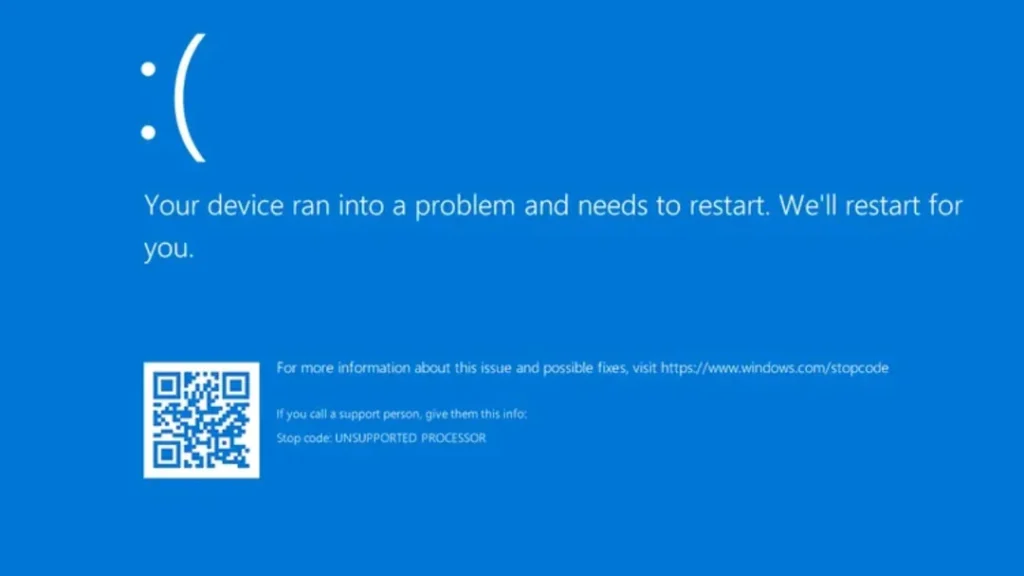In a strategic move aimed at consolidating its operations, Rivian Automotive has announced a significant reduction in its workforce, laying off approximately 140 employees—about 1% of its total staff. This decision marks the third round of layoffs for the electric vehicle manufacturer since the beginning of 2024, as the company gears up for the launch of its highly anticipated R2 series of vehicles.
The Context of Rivian’s Workforce Reductions
Rivian, known for its electric trucks and SUVs, has been navigating a challenging market landscape characterized by increasing competition and economic pressures. The decision to reduce its manufacturing team comes as the company focuses on streamlining operations to enhance efficiency and cut costs. This latest round of layoffs follows earlier cuts made in early 2024, emphasizing the company’s need to adapt to changing market conditions.
The R2 Series: A New Chapter for Rivian
The R2 series is expected to play a crucial role in Rivian’s future growth strategy. Designed to be more affordable than its R1 series, the R2 models aim to attract a broader customer base and increase the company’s market share in the competitive electric vehicle segment. With these new models, Rivian hopes to capitalize on the growing demand for electric vehicles, particularly among consumers looking for budget-friendly options. Deliveries for the R2 are forecast to begin in the first half of 2026.
Implications of the Layoffs
While layoffs can be a necessary step for companies to remain agile, they also raise concerns about employee morale and the company’s long-term vision. Rivian has been under scrutiny not only for its production challenges but also for its ability to deliver on its ambitious promises. The reduction in workforce may impact production capabilities and timelines, especially as the company plans a factory retooling to accommodate R2 production later in 2025.
Market Reactions and Analyst Insights
“Layoffs in the manufacturing sector often indicate deeper challenges within a company’s operational framework. Rivian’s ability to bounce back from these cuts will depend heavily on its execution of the R2 launch and its capacity to meet consumer expectations,” said automotive industry analyst Jane Doe.
Future Outlook for Rivian
Looking ahead, Rivian faces the dual challenge of maintaining investor confidence while also managing the complexities of scaling up production for the R2 series. The company has previously expressed optimism about its growth trajectory, citing anticipated increases in demand for electric vehicles and a broader acceptance of EV technology among consumers. Despite meeting its 2024 production and delivery targets, the company revised its 2025 delivery guidance downward, partly due to the planned factory shutdown.
Key Takeaways
- Rivian lays off 140 employees, about 1% of its workforce.
- This is the third round of layoffs in 2024 as the company prepares for the R2 launch.
- The R2 series aims to provide more affordable electric vehicle options, with deliveries starting in early 2026.
- Analysts are closely monitoring Rivian’s production capabilities and market strategies.
Conclusion
As Rivian navigates the complexities of the electric vehicle market, the recent layoffs highlight the challenges the company faces in balancing growth with operational efficiency. With the R2 series on the horizon, all eyes will be on Rivian to see how it adapts to the evolving automotive landscape and whether it can emerge as a leader in the electric vehicle space.


